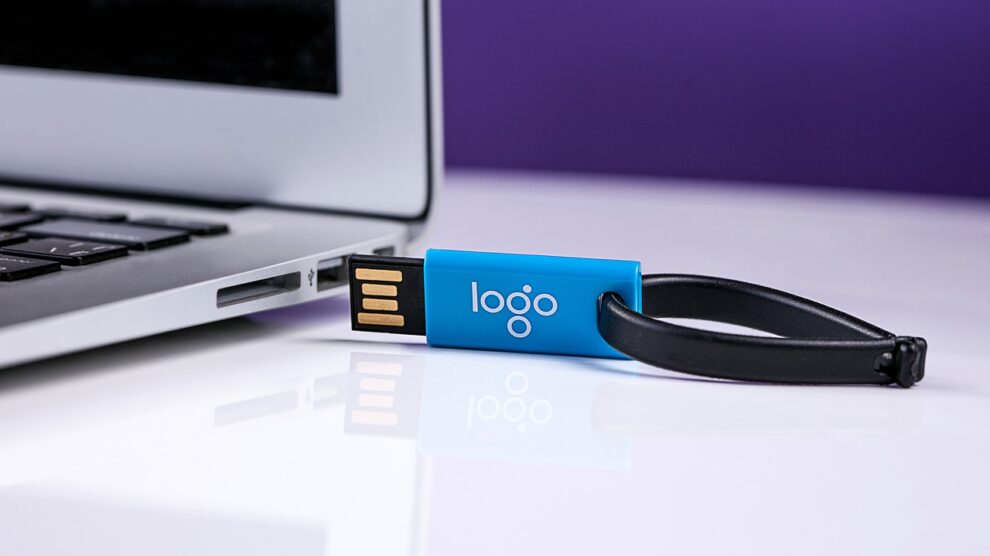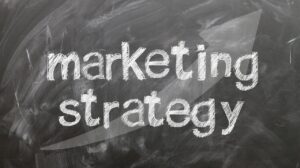The average household in the U.S. owns about 30 promotional products. They are such a part of everyday life it is easy to forget that they are the most affordable, highest ROI means of marketing your brand. The market revenue size of the industry was $17.5 billion in 2021 alone. Tangible and relevant everyday-items are powerful marketing tools, a strategy that has persisted throughout the pandemic and continues to shape 2022.
As we watch a rebound in the global economy, and a recovery in consumer spending and profits, here’s what brands need to know about their promotional offerings, and how they’ll stack up to the trends that are taking shape for this next year.
PPE is Old
A positive sign for our collective recovery, personalized protective equipment (PPE) is quickly becoming old news. Branded face masks and hand sanitizer are losing their relevance. Customers have already grown tired of branded safety offerings as every brand flooded this sector of the industry. As we close 2022 customers are shifting back to favoring traditional products with longer-term use cases.
By August of 2021, pens, water, bottles, mugs, lanyards, tote bags etc. were back among the highest searched items in promotional products. In the dead of the pandemic, around April, these searches were down anywhere from 35 to 50 percent month to month, pointing to a clear trend back to less COVID-specific products.
Work From Home Products are Likely Here to Stay
The pandemic has ushered in a new era of hybrid work. Companies such as Twitter and Square are allowing employees to work remotely permanently. Many other firms are shifting to a hybrid solution; downsizing in office space and rotating their employees from home to office throughout the week. Globally, 16 percent of companies are fully remote, and 77 percent of workers claim they are more productive working from home.
We expect promotional products that aid in at-home productivity to explode in ROI. As potential customers start upgrading their at-home work spaces, from chairs, laptop risers, stress balls, calendars & more, there is a budding, excellent opportunity for brands to slide right onto someone’s desk or appear in the back of a zoom call.
Statistics show that 64 percent of home products will stay in possession of consumers if they aid in productivity, comfort, and organization. The best way to take advantage of this opportunity is to brand items that consumers may not yet have in their home office. Items that serve a purpose are quickly adopted as ‘must keeps’. USB drives, staplers, pens, notebooks, and drinkware are all great options for products at-home employees will use and appreciate on a day to day basis.
Eco-Friendliness is Everything
Never before have consumers expected such an alignment with their own values from companies. Today’s customers vote with their dollar, and their vote is clear: they want companies to stand on the side of the environment whenever possible.
It’s undisputed that sustainability is becoming profitable. In ASI’s 2020 Ad Impressions study, 46 percent of consumers reported higher opinions of a company’s promotional product if it was environmentally positive. Harvard Business Review found that at the beginning of the pandemic, companies perceived as behaving in sustainable and responsible ways had an advantaged market position.
It’s important to source quality, renewable materials for company swag. Recycled fabrics, reusable products, and giveback items will increase brand affinity and have your consumer participating meaningfully in making the world a better place. Natural materials such as bamboo and hemp are biodegradable. Consumers want to visibly see those environmentally-friendly offerings on the item itself. Those environmental standards should be communicated on the tag, within the packaging, and in online resources that consumers can use to learn more about the sustainability of the products they’ve received.
Short-term investments made in the direction of improved sustainability are overwhelmingly rewarded. The Promotional Products Association International found that 81% of people keep relevant promotional products for longer than a year, and about 50% of the products end up being given away to a new consumer. Over this timescale, one product can generate thousands of impressions. Any additional investments in pursuing upgrades to your promotional product strategy or embarking on a new one, will be worthwhile.
Bamboo desk organizers, recycled paper desk calendars, natural wood flash drivers, reusable water bottles; these are the kinds of sustainable and relevant offerings that team members, consumers, and stakeholders will use again and again. Each time the desk lamp is flipped on, and the branded wireless phone charger is plugged in, brands have the opportunity to be a part of someone’s day again and again. Promotional products that are both relevant and responsible can create hundreds of positive brand impressions without asking for the consumer’s time and attention in a way that distracts them from their day. The aforementioned trends are adding new nuances to an already winning strategy, and brands that find those answers will be in solid shape to serve their post-pandemic audience in meaningful ways.





